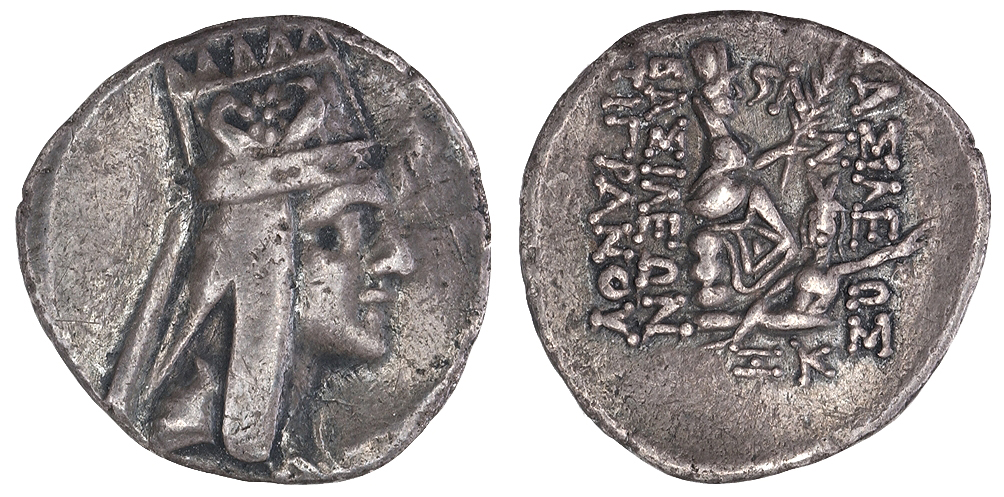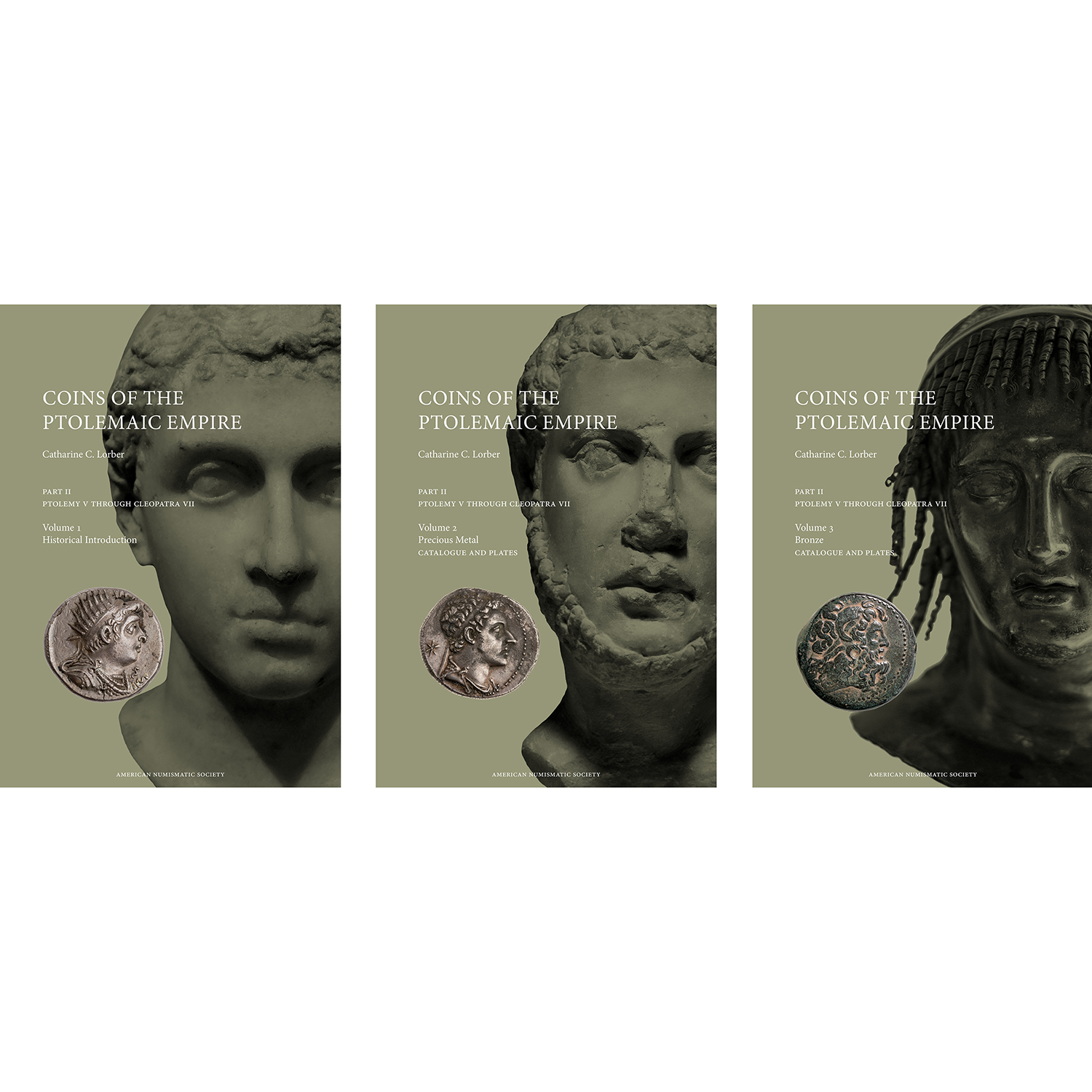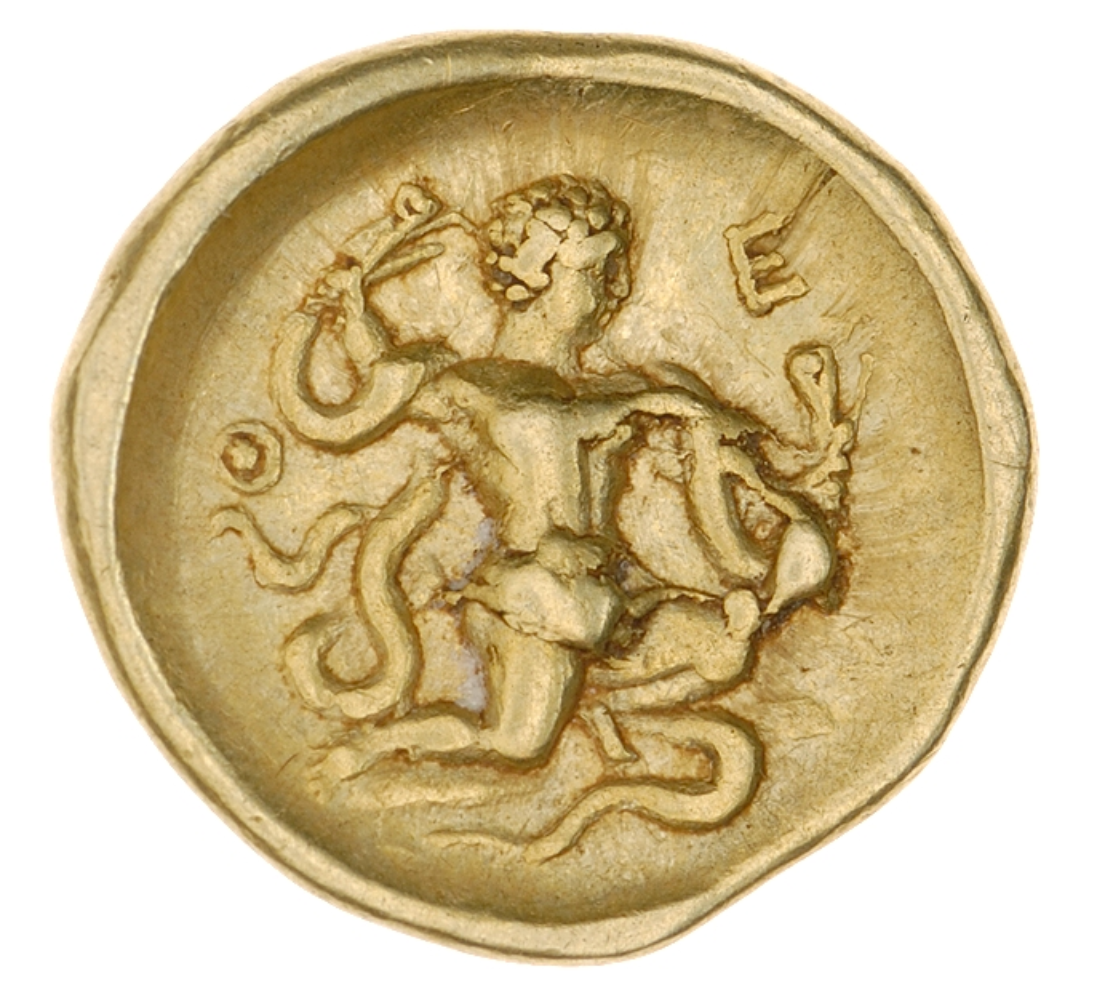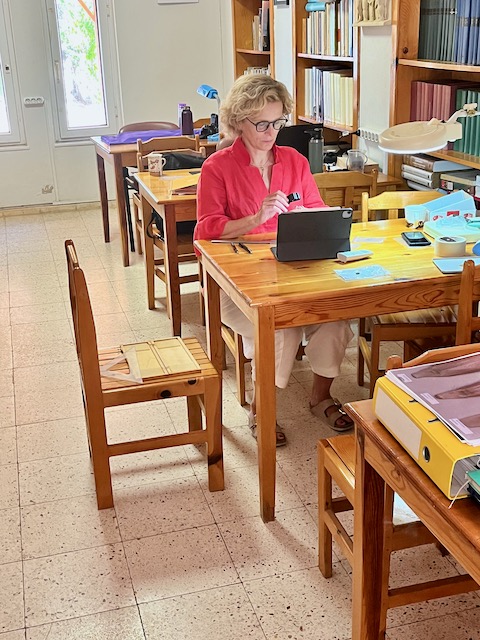Diplomacy and Display in Commagenian Coinage
By Patricia Kim
During the late 2nd century BCE, the region of Commagene, located in south-central Anatolia, became an independent kingdom during a period of high geopolitical tensions. By the first century BCE, the Seleucid Empire was waning, the Romans and Parthians were actively working to consolidate their own empires, and the Armenian kingdom continued to expand its territory under the leadership of Tigranes the Great. While these major powers dominated the political and physical landscape, Commagene was the setting for cross-cultural interaction brought about by trade and military activity. Commagene’s multifaceted political and cultural position is particularly evident in the bronze coinage of Mithradates I Callinicus (r. 96-70 BCE), who ruled the area under the sovereignty of Tigranes.

What does the numismatic record tell us about how the Commagenian dynasts saw themselves in relation to the other assorted regional powers? The American Numismatic Society possesses four examples of coins issued under Mithradates, but one in particular is unique:

This coin is a rare type with an image of an eagle with a palm leaf under its wings on the obverse, instead of the more typical profile of a diademed king. A caduceus, a rod with intertwining snakes that is associated with the Greek god of commerce Hermes, is represented on the reverse, accompanied by the inscription ‘BASILEWS MITHRADATOU KALLINIKOU (‘of the king Mithradates Callinicus’).
The depiction of animals instead of rulers was common in the Greek world, where the eagle usually referenced Zeus. Yet if we consider the imagery of the eagle and palm branch on Mithradates’ coins within the context of first century Anatolia, the imagery may also express political alliance or allegiance to Tigranes. Specifically, the eagle commonly appears as an emblem of kingship in Tigranes’ coinage. In the example below, two eagles flank a rosette on his crown.
The eagle and palm branch on Mithradates’ coinage may thus be read as a conscious appropriation of kingship imagery that was associated with the dominant power in the region. It was a political act that acknowledged Armenian sovereignty on the one hand, and the Commagenian right to rule on the other. Moreover, the difference in the inscriptions on each coin is striking, and contributes to the present interpretation. While Mithradates carefully refers to himself as basilews or ‘king,’ Tigranes calls himself basilews basilewn or the ‘king of all kings.’ Understood in this context, coinage illuminates negotiations of political identity and expressions of kingship in antiquity.
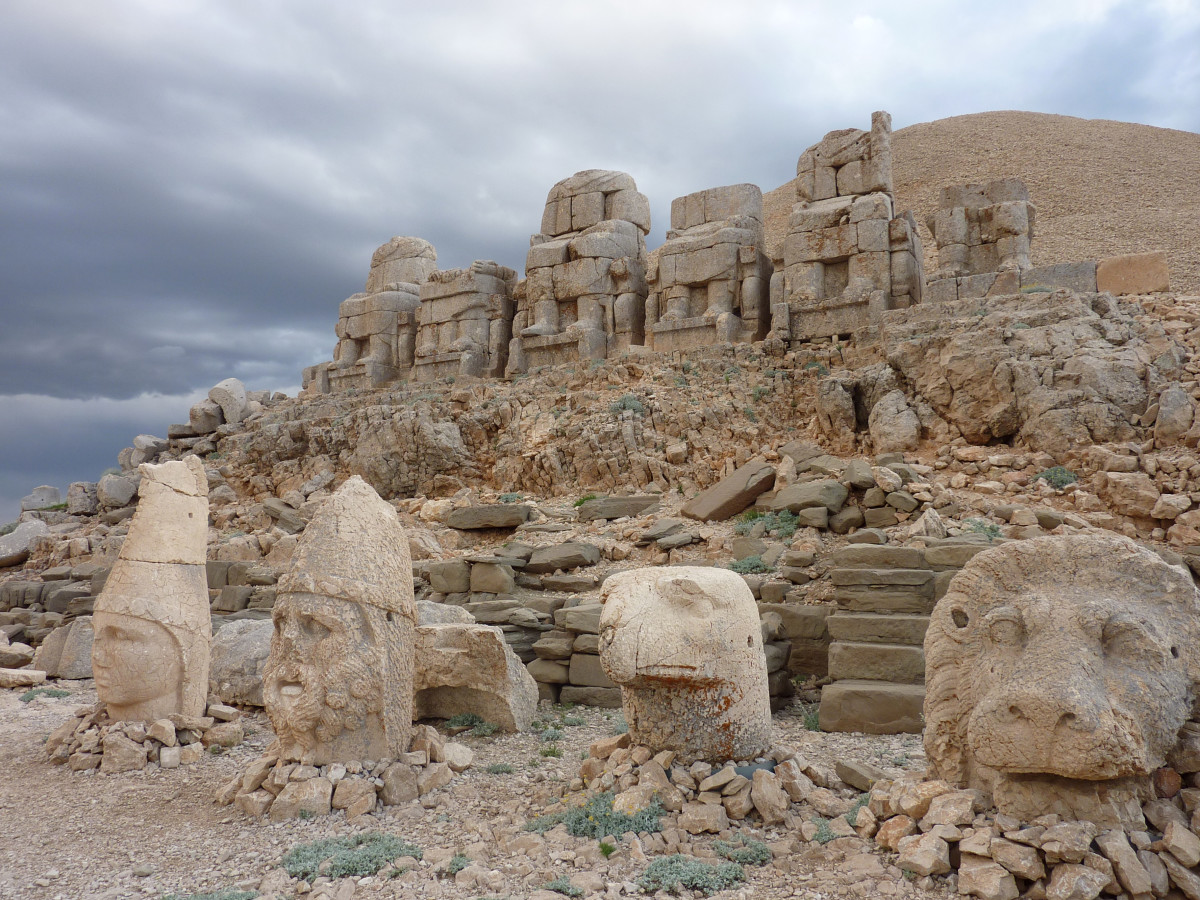
The legacy of Mithradates’ imagery and the impact of Armenian expressions are also manifest in later numismatic and sculptural projects. For instance, Antiochus I Theos’ hierothesion (sacred tomb) at Mount Nemrud is an innovative fusion of various aesthetic and symbolic traditions, displaying the self-consciousness of the Commagenian dynasts in relation to past and contemporaneous power relations.
For more information on the Commagenian kingdom, see this recent volume edited by Herman Brijder.
This is the sixth in a series of guest posts by students attending the Eric P. Newman Graduate Seminar in Numismatics.


